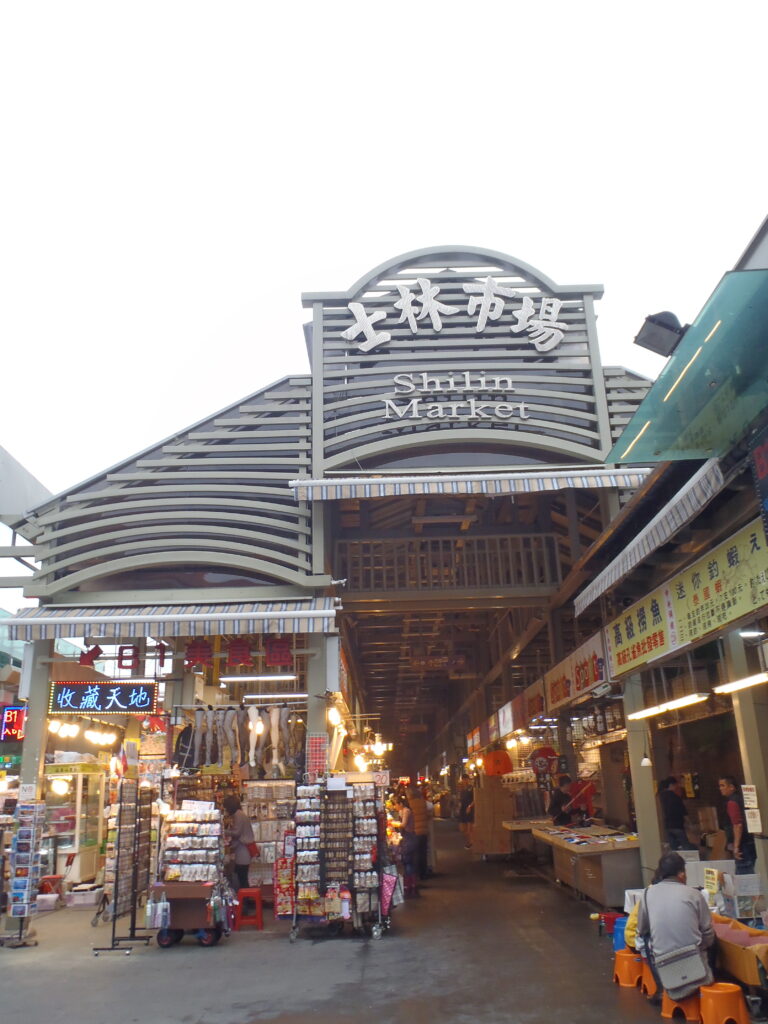On more than one occasion I have been asked by my friends while traveling to help them haggle. To simply define, haggling means, “an act of negotiating or arguing over the terms of a purchase, agreement, or contract: an instance of bargaining.

At local markets around the world, haggling is a commonplace practice, yet there are so many people who feel uncomfortable engaging in the practice and will settle with paying much higher prices simply to avoid having to haggle.

I will admit that haggling does require some practice and can be considered an art form by some, but if you approach it with a laid back attitude, a smile on your face, and the desire to buy some cool knick-knacks at great prices, then you have got nothing to lose.

I have haggled for small things such as scarves and jewelry to save a buck or two, to large things such as oriental rugs and 4 poster beds and saved thousands of dollars. Never underestimate the power of haggling.
7 Steps to a Successful Haggle
1. Never seem too interested in what you’re haggling for. The more interested you appear, the less of a deal you’re likely to get. If the vendor knows you want it, they’ll be less willing to discount it, so you keep a poker face on as you walk around stalls. Causally pick things up, look at them, then set them back down and move on. Come back later, never linger. It never hurts to ask a question about the item, like its age, origin, etc. but avoid price, until you come back (if you come back).
2. Know the exchange rate! They generally barter in their local currency, not USD. Be prepared to negotiate in their currency and know the worth of your converting currency. In some cases, USD and/or EUR will be accepted currencies of exchange but this will depend on the country and the vendor.
3. Offer only 20-25% of what they initially offer and work up from there. I know this may sound extremely low, but the lower you start, the lower the counter price of the original value is likely to be. The seller’s response to a low base price can also give you a true sense of the appropriate value of what you’re looking to buy.
4. Know your highest price. This may require you to have done some research beforehand. For instance, when I went oriental rug shopping, I did a fair bit of research and went to several shops before I hit the local markets. I wanted to ensure I was educated enough about the cost of silk vs non-silk, vs the number of thread count, etc. before being bombarded by salesmen once I expressed interest in the rugs.
5. Don’t be afraid to walk away...they will most likely chase after you anyways. No seriously, be prepared for them to chase after you in attempts to make a deal. (especially if you follow step 6)
6. Try to go towards opening or closing time, you’ll find the better bargains as they try to make their first or last sales of the day. In many cultures, there is good luck associated with the first and last sale of the day and they will give deeper discounts.
7. If at all possible, have a local with you when haggling for big-ticket items. During my time in India, when I was looking at antiques or furniture, I would have my driver come with me to help translate and set the tone with the seller. Often having a local with you can make them more willing to give you a discount as well.
Check out my Jakarta, Surabaya Market, blog post where I put all of these skills to use to find some cool decor for my flat.
